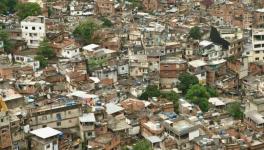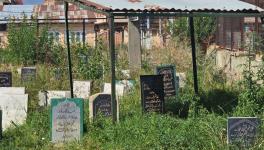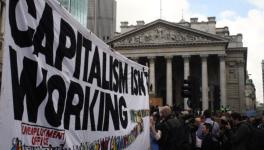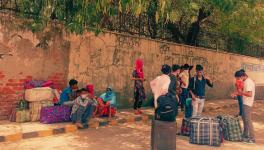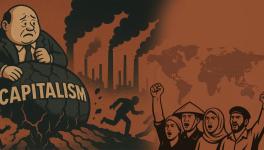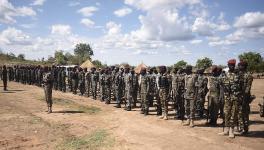Poverty in a ‘Rich’ State
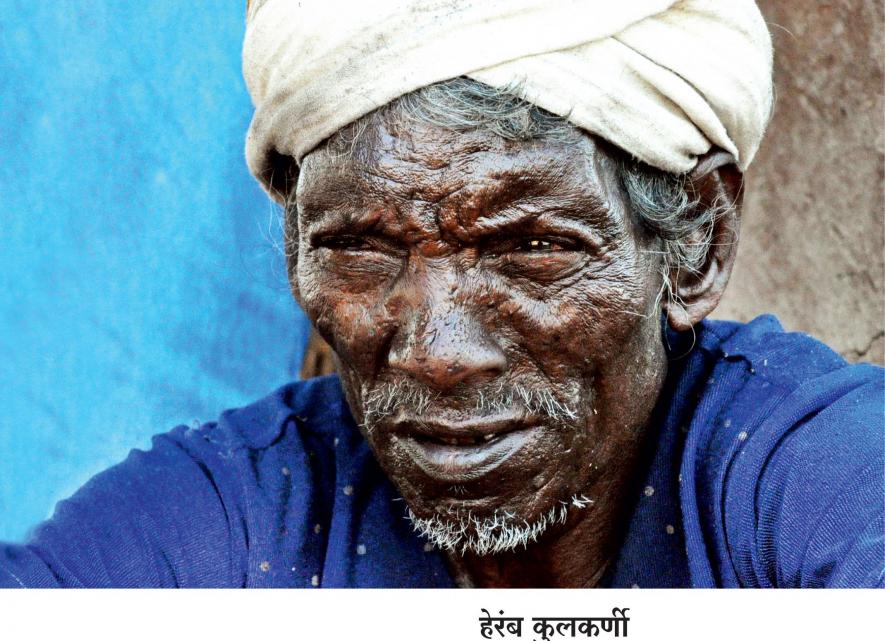
Hirabai Lawande from Mahendrawadi village of Parada tehsil, Beed district in Marathwada was a cancer patient. She was admitted to Ruby Hospital in Pune. The total expenditure on her treatment went up to Rs. 8 lakh. To clear the bill, her family sold all 4 acres of land that they owned. As a result, her son has been forced to become a landless labourer and goes for sugarcane cutting on daily wage.
A grocery shopkeeper in Jawhar tehsil of Thane district told that his customers can't afford grocery in kilos or in litres. "They can give only Rs. 5 or 10. Their entire grocery expenditure per week is not more than Rs. 50."
These two and many such examples show how acute the problem of poverty in Maharashtra is, in the recently published book, Daridryachi Shodhyatra (Journey of the World of Poverty). Heramb Kulkarni, a primary teacher and educationist from Akole tehsil of Ahmednagar district, has come up with these 'straight from the heart' stories on poverty. Daridryachi Shodhyatra is one of the most important documentations of poverty in an otherwise 'rich' Maharashtra.
There were huge discussions on poverty elimination in the 25th year of opening up the Indian economy i.e. liberalisation. In 2016, claims over poverty were flying high from both sides of economists, pushing more and more 'suitable' data on various public platforms. We have already seen the pro-globalisation machinery hard at work to show that India’s growth is the result of opening of the economy in 1991.
However, Heramb decided to see the 'reality' on his own. He took a five-month sabbatical leave from his teaching job and went to 125 villages in 24 districts of Maharashtra. He chose those villages, gallis (streets), mohallas (localities) and areas which are infamously known for 'poverty', 'deceases', 'suicides', etc.
"It was tough to decide the names of such villages. So, I sought help from many of my journalist and activist friends. They took me to such places where so called 'development' had not reached and people were struggling for their daily lives," said Heramb.
Defining Poverty
Another tough task was to define poverty. There are various definitions of poverty. The government criteria of poverty too are complicated and highly contested by many experts. But Heramb decided to pick a line from his conversation with the firebrand social activist of Maharashtra, Ulka Mahajan. "Poverty means deprivation. It is not just less money or less food. Deprivation in ability to challenge the injustice, inability to speak on behalf of own, surrendering before exploitation and likewise," Ulka had said to him. With this definition, Heramb explored Maharashtra between June 2017 to February 2018. Now, the 'notes' of this exploration can become a source of important data for all the concerned people.
He said, "It is not a survey. It is not a report. I have chosen only one method, 'focused group discussion' in this journey. So, I won't claim it as final authority on the subject. My only wish is to help 'experts' in all sections, from government to private, while doing their work on real issues of people.”
The author has divided his notes into 21 chapters. The book starts with the food habits of the deprived people. In the course of his journey, he found that starvation has almost been eliminated from Maharashtra. He gave credit to the ration system as well as people's awareness about their grains. But at the same time, there is also a complete lack of healthy food. "Many people do not get vegetables, meat or milk in their meal. This goes on for many weeks even. It is also found that at many places labourers don't get roti or bhakari for months even and they live just on the minimum rice," observes Heramb.
Also Read: Demands Unfulfilled, Farmers March to Mumbai Again
This book also throws light on the vicious circle of farmers’ suicides, rigid bureaucracy, unorganised labour, lack of irrigation, huge corruption on ground level and others. The author has also noted down an important observation about migration. "Intra state migration has reached the highest level. People are migrating from tribal and drought belts to irrigated lands and cities on a huge level. Almost 50 lakh people have migrated within the state this way. As a result, new issues of urban poor have started emerging. It has also brought disturbance on various social layers," mentions the author.
Rich State, Poor People
The Human Development Index Report of 2012 had talked about the growing poverty in the state. "The number of poor people in Maharashtra has been on the rise. It has come to notice that Maharashtra was one such state among four, where per capita income has also increased as well as poverty between 1993-94 to 2004-05. India's 10 per cent poor lives in Maharashtra," said the report.
Maharashtra's per capita annual income in 2017-18 was Rs. 1,80,596, which was above India's average income of Rs. 1,12, 935. But at the same time, the growing poverty in different corners suggests that the state has failed to achieve ‘development for all’.
Read More: Why Drought-hit Marathwada Farmers Are Demanding Fodder Camps
Get the latest reports & analysis with people's perspective on Protests, movements & deep analytical videos, discussions of the current affairs in your Telegram app. Subscribe to NewsClick's Telegram channel & get Real-Time updates on stories, as they get published on our website.









